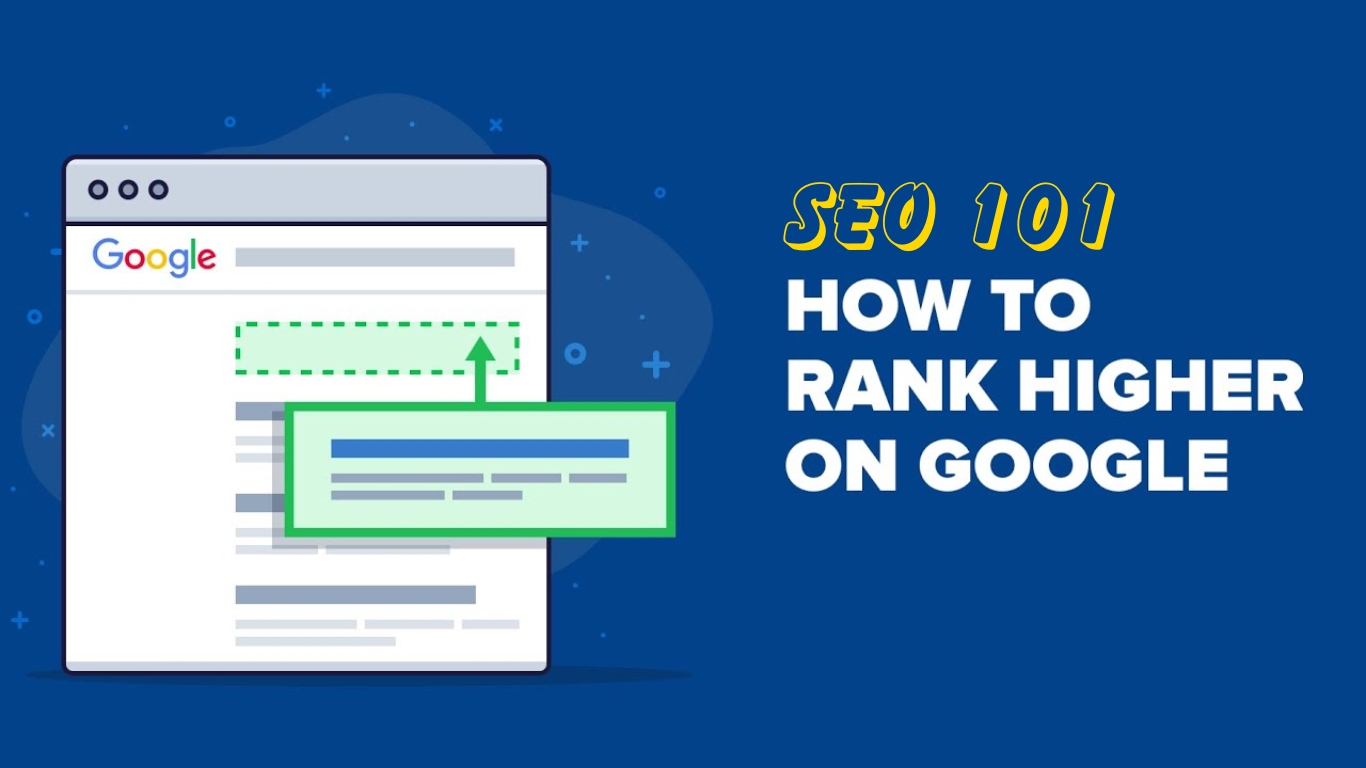SEO for Newbies: Your Step-by-Step Guide to Ranking Success
Learning SEO (Search Engine Optimization) can feel like climbing a mountain, especially when you’re just starting out. But don’t worry, with this simple step-by-step guide, you’ll learn the essential SEO best practices to boost your website’s visibility and attract more organic traffic. Let’s dive in!
Step 1: Keyword Research – Finding What People Search For
The first step is to understand what your target audience is searching for. This is where keyword research comes in.
- What are Keywords? Keywords are the words and phrases that people type into search engines when looking for information.
- How to Find Them: Use free tools like Google Keyword Planner, or affordable ones like SEMrush or Ahrefs, to find relevant keywords. Think about what your ideal customer would type into Google to find your product or service.
- Focus on Long-Tail Keywords: These are longer, more specific phrases (e.g., “best digital marketing agency in Indore”). They often have less competition and can attract highly targeted traffic.
Step 2: On-Page Optimization – Making Your Website Search-Engine Friendly
On-Page SEO involves optimizing elements within your website to improve its ranking in search engine results.
- Title Tags: Each page should have a unique, descriptive title tag that includes your primary keyword. Keep it under 60 characters.
- Meta Descriptions: Write engaging meta descriptions that summarize the content of the page and entice users to click. Keep it under 160 characters and include relevant keywords.
- Headings: Use headings (H1, H2, H3) to break up your content and make it easier to read. Include keywords in your headings where appropriate.
- Content: Create high-quality, informative, and engaging content that provides value to your audience.
- Image Optimization: Use descriptive file names and alt text for all images. Compress images to reduce loading times.
Step 3: Content is King – Creating Awesome Stuff
High-quality content is essential for SEO success.
- Provide Value: Your content should answer questions, solve problems, or entertain your audience.
- Be Original: Avoid plagiarizing content from other websites.
- Keep it Fresh: Regularly update your content to keep it relevant and engaging.
- Incorporate Keywords Naturally: Use your target keywords throughout your content, but avoid “keyword stuffing.”
Step 4: Link Building – Getting Others to Vouch for You
Link building involves getting other websites to link to your website. These links act as “votes of confidence” that tell search engines that your site is trustworthy and authoritative.
- Create Linkable Content: Develop content that other websites will want to link to, such as infographics, guides, or original research.
- Guest Blogging: Write articles for other websites in your industry and include a link back to your site in your author bio or within the content.
- Broken Link Building: Find broken links on other websites and offer your content as a replacement.
Step 5: Mobile Optimization – Making Your Site Mobile-Friendly
With more people using mobile devices to browse the web, it’s crucial to ensure that your website is mobile-friendly.
- Responsive Design: Use a responsive design that adapts to different screen sizes.
- Mobile Speed: Optimize your site for mobile speed by compressing images, leveraging browser caching, and minimizing HTTP requests.
- Mobile-Friendly Content: Ensure that your content is easy to read and navigate on mobile devices.
Step 6: Site Speed – Making Your Site Load Fast
Page speed is a crucial ranking factor. Users expect websites to load quickly, and search engines reward fast-loading sites with higher rankings.
- Test Your Site Speed: Use tools like Google’s PageSpeed Insights or GTmetrix to test your website’s speed.
- Optimize Images: Compress images to reduce their file size.
- Leverage Browser Caching: Enable browser caching to store static files on users’ devices, reducing loading times for repeat visitors.
- Minimize HTTP Requests: Reduce the number of HTTP requests by combining CSS and JavaScript files.
Step 7: Track Your Progress – Measuring What Matters
It’s important to track your SEO progress to see what’s working and what’s not.
- Google Analytics: Use Google Analytics to track your website traffic, keyword rankings, and other important metrics.
- Google Search Console: Use Google Search Console to monitor your website’s performance in search results and identify any issues.
Conclusion
Learning SEO (Search Engine Optimization) can be overwhelming, but by following these best practices, you’ll be well on your way to improving your website’s visibility and attracting more organic traffic. Remember, SEO is an ongoing process, so stay consistent and keep learning!
If you’re looking for expert help with your SEO efforts, consider partnering with a reputable digital marketing agency like Dstechnoverse. We specialize in helping businesses like yours achieve search engine marketing success through tailored SEO strategies.
